Tired of battling bad soil? You’re not alone. Clay-heavy, sandy, or nutrient-poor ground can feel like a constant obstacle—but not if you choose the right plants. Some species are natural survivors, built to thrive where others fail.
These plants don’t just tolerate poor soil—they embrace it. With deep roots, adaptive growth, and low expectations, they require minimal intervention. That means less digging, amending, or fertilizing, and more time enjoying your garden as it is.
In this article, we’ll introduce you to 16 plant varieties that do the hard work for you. They bring color, structure, and resilience—even when the soil seems hopeless. It’s time to stop fighting the dirt and let these tough beauties take over.
Black-Eyed Susan
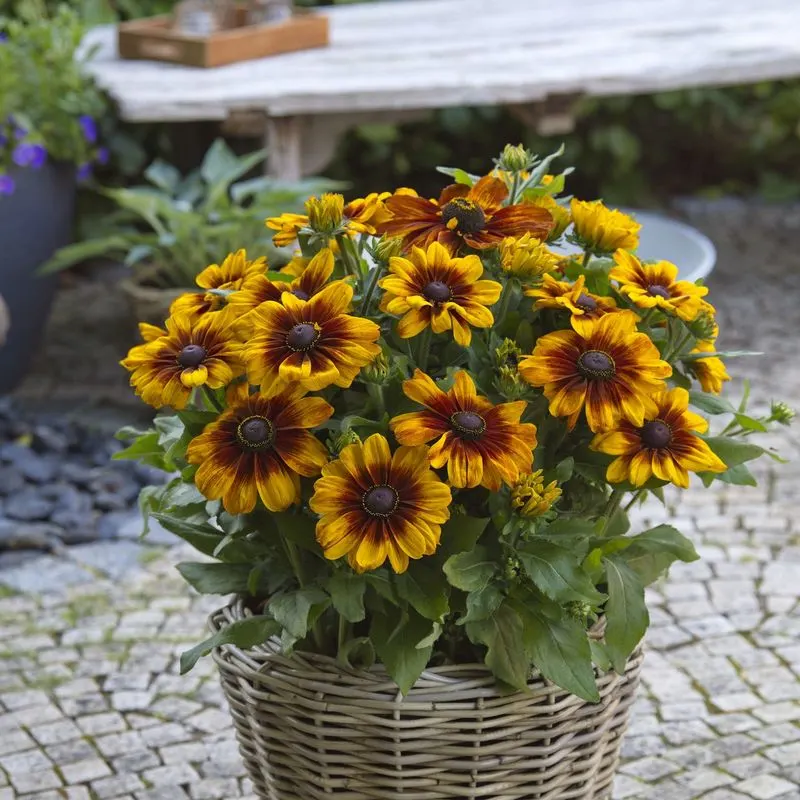
Black-Eyed Susans are a sight to behold, with their sunlit faces and robust nature. These daisy-like perennials aren’t fussy and manage to thrive even in the poorest of soils. Their resilience to dry, rocky terrains makes them an ideal choice for gardeners who prefer low-maintenance beauty. In addition to their toughness, they attract pollinators, enhancing the biodiversity of your garden. Known for their long blooming season, they bring continuous color from early summer to fall. If you’re looking for a plant that offers both aesthetic appeal and endurance, the Black-Eyed Susan is a wonderful candidate.
Lavender
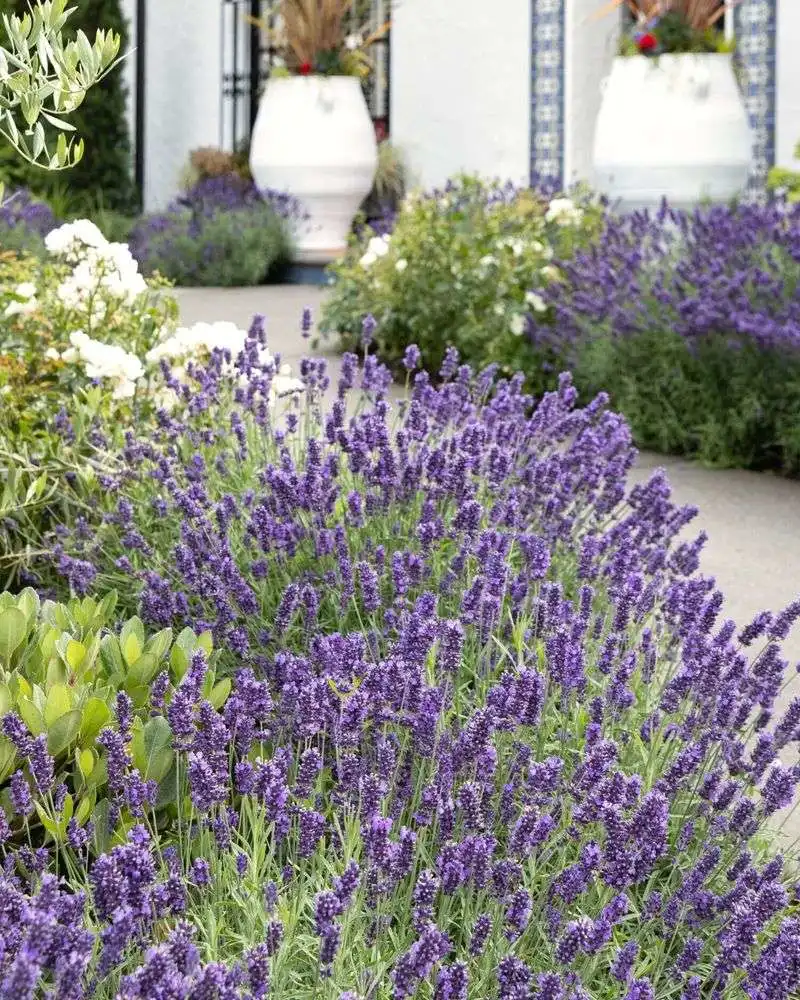
The soft purple hues of lavender fields are synonymous with tranquility. Despite their delicate appearance, lavenders are incredibly hardy, flourishing in sandy, impoverished soils where other plants might struggle. Their aromatic scent isn’t just pleasant; it also repels pests, making it a smart addition to any garden. Beyond its visual and aromatic appeal, lavender is celebrated for its versatility in culinary and medicinal uses. If your soil conditions are less than ideal, lavender can still offer a fragrant and colorful tapestry throughout the growing season.
Sedum
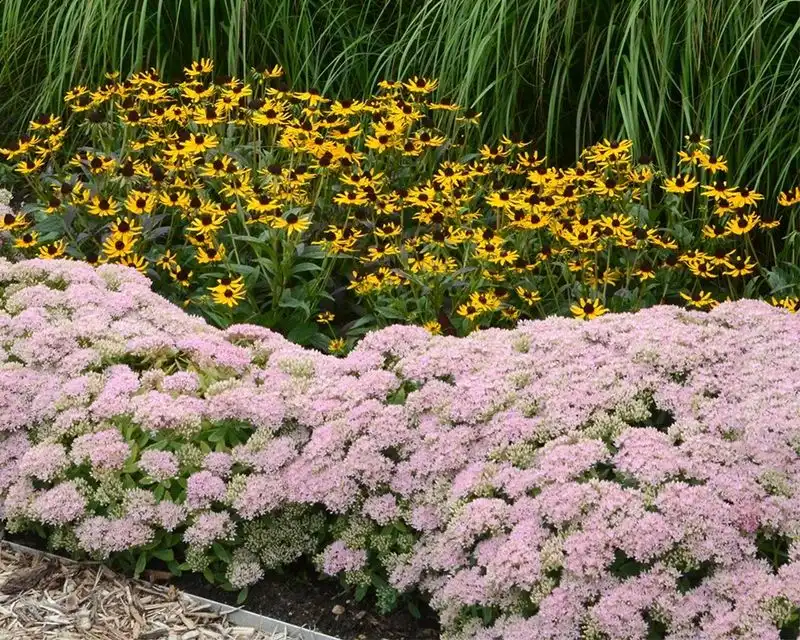
In the world of succulents, sedums stand out for their ability to grace harsh terrains with vibrant life. These hardy plants, often found in rock gardens, are champions of survival in poor, dry soils. Their thick, fleshy leaves store water, allowing them to withstand drought conditions effortlessly. Sedums offer a variety of colors and textures, from lush greens to fiery reds, enhancing any garden landscape. They require minimal care and can thrive with neglect, making them perfect for the busy gardener. Embrace the allure of sedum for a continuously thriving garden.
Coneflower

Coneflowers are a gardener’s delight, known for their sturdy blooms and tolerance for poor soils. Their daisy-like flowers come in shades of pink and purple, adding striking color to any space. These hardy perennials are not just decorative; they are also drought-tolerant and attract pollinators like bees and butterflies. Planting coneflowers can transform barren patches into lively, colorful displays without requiring much soil amendment. Known for their resilience, coneflowers are a smart choice for those looking to add dependable beauty to their garden.
Yarrow

Yarrow, with its feathery leaves and clusters of tiny flowers, is a stalwart in the face of poor soil conditions. This hardy perennial thrives in dry, sandy, and rocky soils, making it a go-to for challenging garden spots. Yarrows are known for their drought tolerance and ability to attract beneficial insects like ladybugs. Their long bloom period ensures a splash of color throughout the growing season. Whether used in borders or wildflower gardens, yarrow proves that hardy plants can also be beautiful and beneficial.
Russian Sage
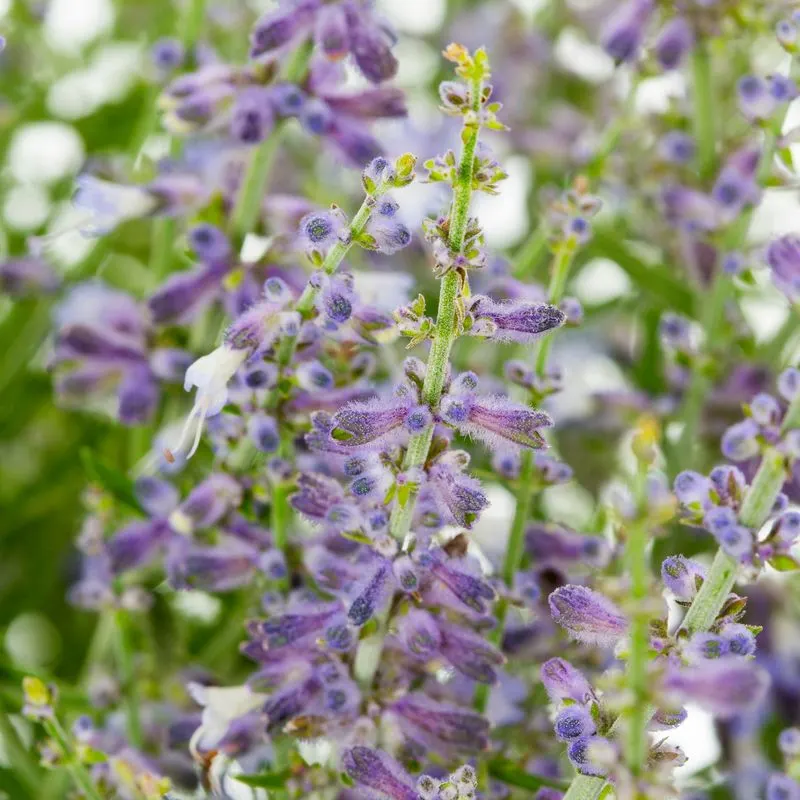
Russian sage brings a touch of elegance to any garden with its silvery foliage and lavender-blue blooms. Despite its delicate appearance, this plant is a powerhouse, thriving in poor, well-drained soils. It’s particularly suited to hot, dry climates and requires minimal care once established. Russian sage is also a favorite among pollinators, adding ecological value to its aesthetic appeal. Its ability to withstand challenging conditions makes it an excellent choice for gardeners looking to add a touch of sophistication to their landscape.
Daylily
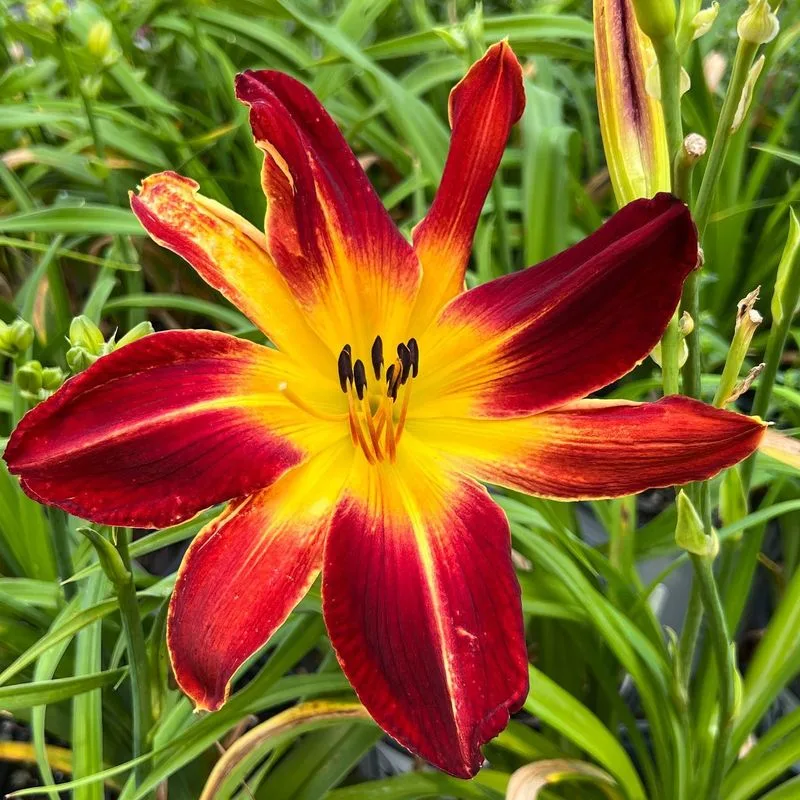
Daylilies are known for their vibrant, trumpet-shaped flowers and remarkable adaptability. These perennials flourish in nearly any soil type, including those that are less than ideal. Their robust nature makes them a favorite for roadside plantings and neglected garden corners. Daylilies require minimal maintenance and offer a continuous display of blossoms throughout the summer months. Their ability to thrive in poor soil conditions without extensive care makes them a practical yet beautiful addition to any landscape.
Echinacea
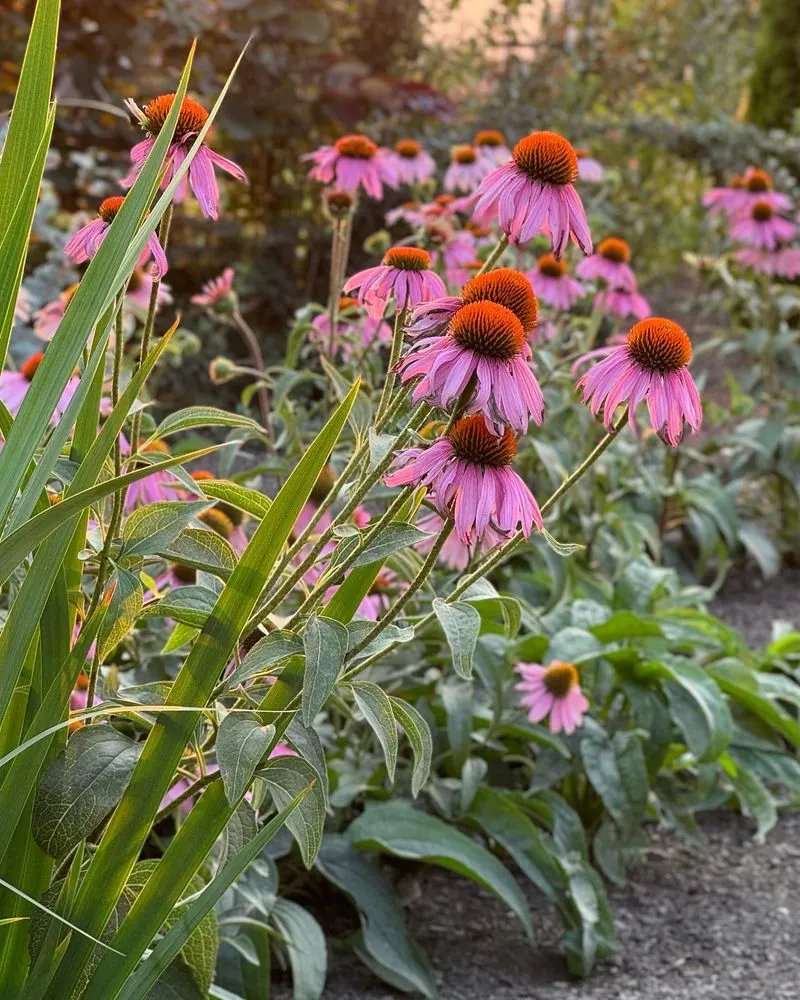
Echinacea, also known as coneflower, is celebrated for its resilience and striking appearance. This herbaceous perennial thrives in poor, rocky soils where others might struggle. Its showy flowers attract a variety of pollinators, enhancing the ecological diversity of your garden. Echinacea is not just eye-catching; it also boasts medicinal properties, often used in herbal remedies. With minimal care requirements, Echinacea provides both aesthetic and practical benefits, making it a worthy choice for any gardener facing challenging soil conditions.
Thyme
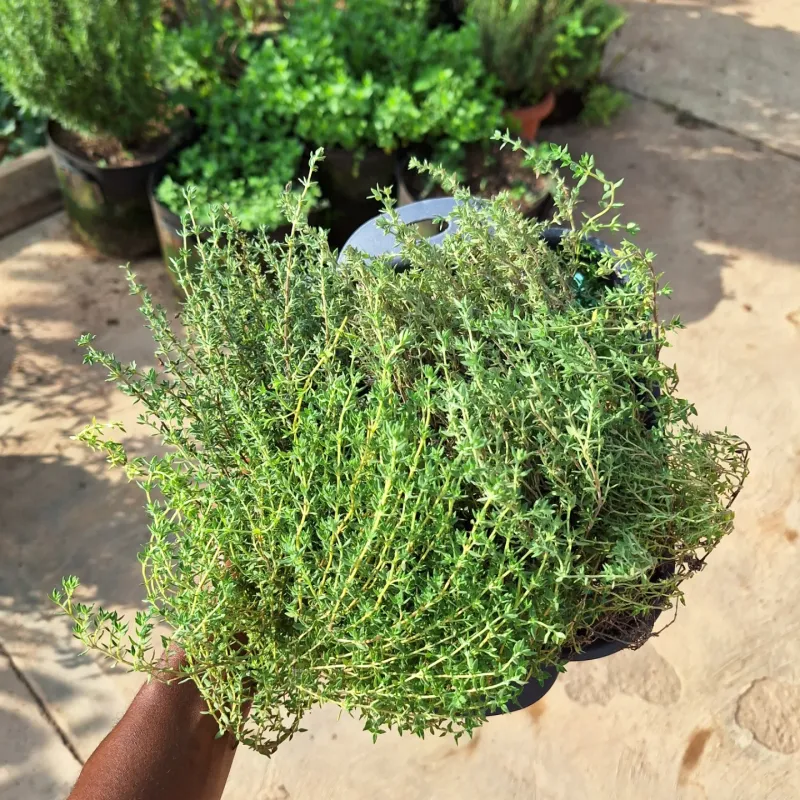
Thyme, with its delicate, fragrant leaves, is more than just a culinary herb. It thrives in poor, rocky soils, making it an excellent ground cover for challenging garden spots. This hardy perennial is drought-tolerant and requires little maintenance, allowing it to flourish with minimal intervention. Thyme’s tiny blooms attract beneficial insects, adding ecological value to its aromatic appeal. Whether used in rock gardens or herb patches, thyme proves that resilience and beauty can go hand in hand, providing a fragrant carpet in your garden.
Catmint

Catmint is a charming addition to any garden, known for its aromatic foliage and spikes of lavender-blue flowers. This hardy perennial thrives in poor, dry soils and requires little maintenance once established. Catmint is not just beautiful; it also attracts pollinators like bees and butterflies, contributing to a healthy garden ecosystem. Its robust nature and extended blooming period make it a reliable choice for those seeking low-care plants that deliver consistent beauty. Whether along borders or as ground cover, catmint stands resiliently beautiful.
Bee Balm
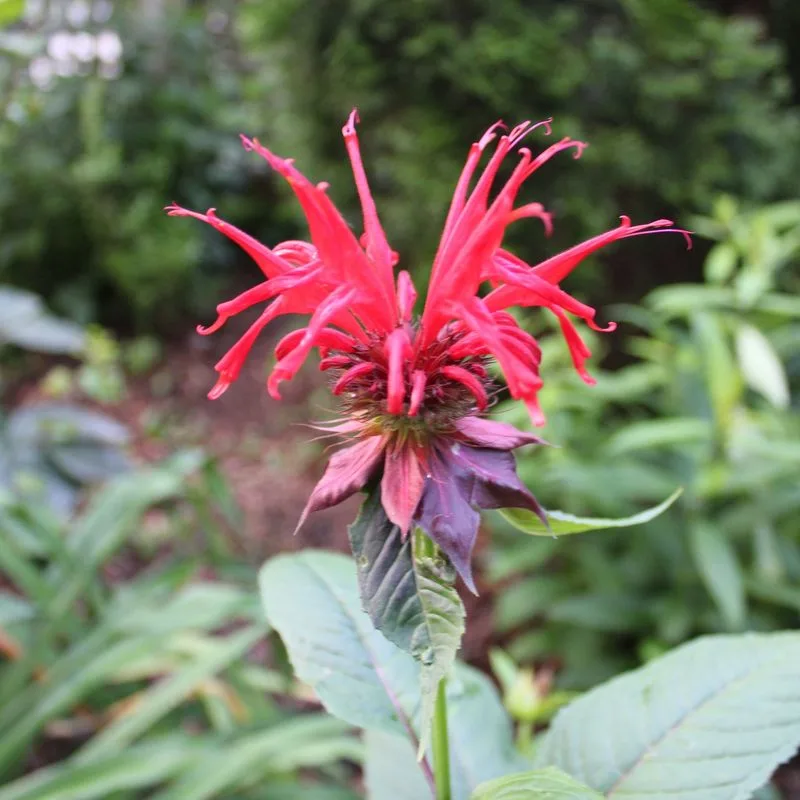
Bee balm is a vibrant beacon in any garden, known for its bright red and pink blossoms that attract a host of pollinators. Despite its showy nature, bee balm is a tough plant, thriving in less-than-ideal soil conditions. This perennial prefers well-drained soil but can adapt to poorer environments with ease. Bee balm’s aromatic leaves can be used in teas and herbal remedies, offering practical benefits alongside its visual appeal. Its ability to draw pollinators makes it a key player in promoting a healthy garden ecosystem.
Creeping Jenny
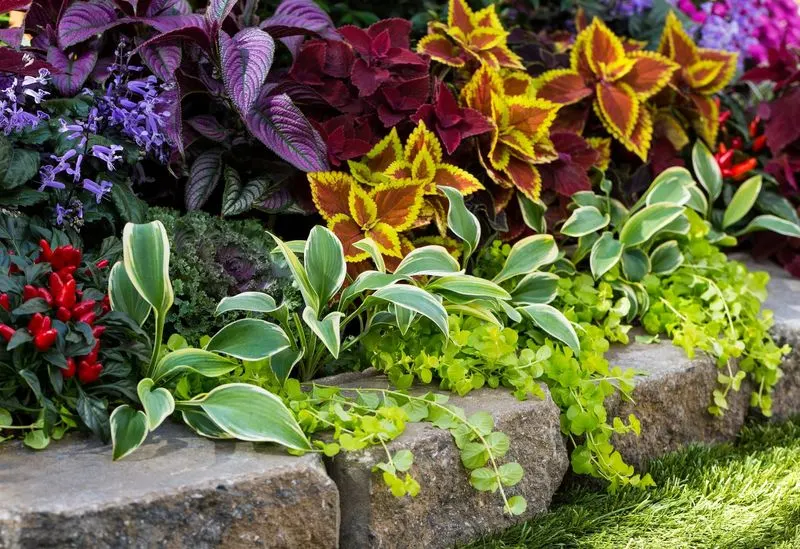
Creeping Jenny, with its bright golden leaves, brings a splash of color to shaded and problematic areas. This ground cover plant is incredibly resilient, thriving in poor soils and damp conditions where other plants may falter. Its adaptability makes it an excellent choice for filling in gaps and preventing soil erosion. Creeping Jenny’s vibrant foliage adds contrast and visual interest to any garden scene. Its ability to flourish in challenging conditions without needing much attention makes it a favorite for gardeners looking for reliable ground cover.
Lamb’s Ear

Lamb’s Ear is renowned for its soft, velvety foliage that invites touch. This perennial is more than just a tactile delight; it’s a robust plant that thrives in poor, well-drained soils. Lamb’s Ear’s silver-gray leaves provide a striking contrast in any garden setting, making it a popular choice for borders and edging. Its ability to withstand drought and neglect adds to its charm, requiring minimal care while offering maximum visual impact. Perfect for gardens seeking texture and resilience, Lamb’s Ear stands as a testament to nature’s hardiness.
Coreopsis

Coreopsis, often called tickseed, offers a burst of sunshine with its bright yellow blooms. This hardy perennial thrives in poor, sandy soils, requiring minimal maintenance. Coreopsis is not only drought-tolerant but also attracts butterflies, adding life and movement to your garden. Its long blooming season ensures a continuous display of color, making it a favorite for sunny borders and gardens. Easy to grow and care for, Coreopsis provides an effortless way to brighten any landscape with its cheerful and resilient nature.
Crown Vetch
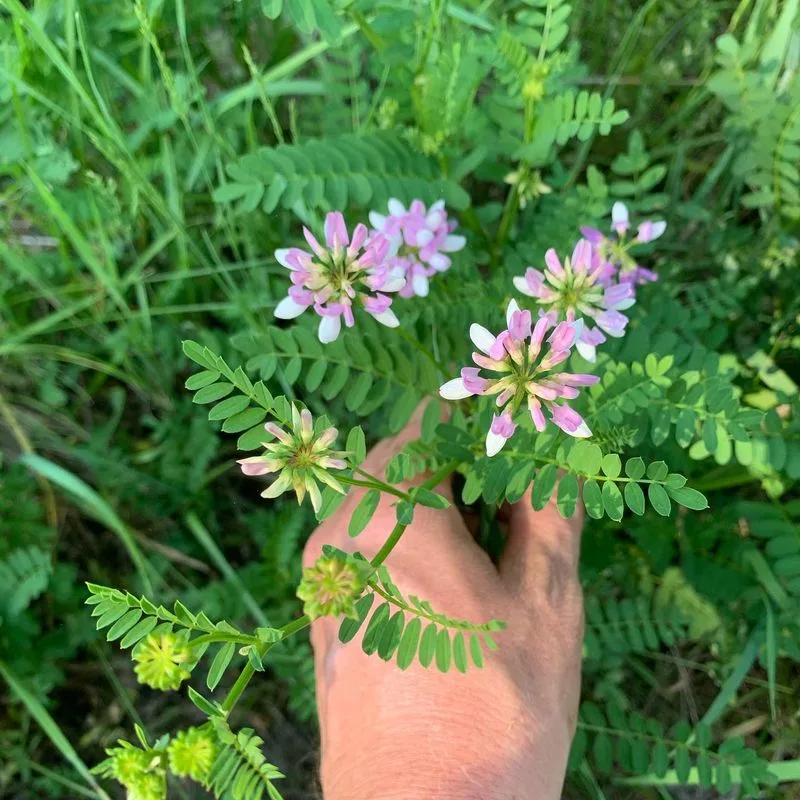
Crown Vetch is an excellent choice for those looking to stabilize soil on slopes or prevent erosion. This vigorous ground cover is known for its pink and white flowers, which add a gentle touch of color. Thriving in poor, rocky soils, Crown Vetch spreads quickly, forming a dense mat that holds the soil in place. It’s often used in highway embankments for its erosion control properties. While it’s a powerful ally for difficult terrains, gardeners should monitor its growth to prevent it from becoming too invasive in garden settings.

